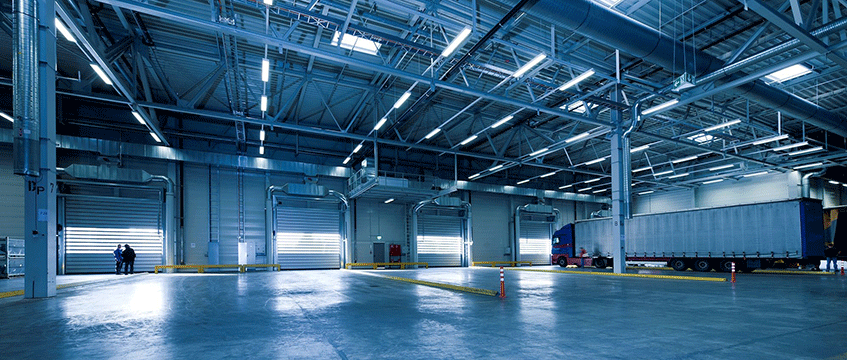London named as world’s most expensive warehousing market
London has again topped the list of the most expensive markets for prime warehousing globally, according to new research by Savills.
Over the first half of 2024, global occupier costs, including rent, taxes and service charges, ticked up by 1.7% year-on-year to an average of $12.05 (£9.25) per sq ft. London remained the most expensive market, hitting $44 (£33.79) per sq ft as at the end of June, an increase of 7.1% on last year.
Sydney was named second most expensive location, followed by Hong Kong, Los Angeles, Dubai, northern New Jersey, Midlands, the north-west of England, Tokyo and Melbourne. Yorkshire fell outside of the top 10, having been named the 11th most expensive market for prime warehousing.
London has again topped the list of the most expensive markets for prime warehousing globally, according to new research by Savills.
Over the first half of 2024, global occupier costs, including rent, taxes and service charges, ticked up by 1.7% year-on-year to an average of $12.05 (£9.25) per sq ft. London remained the most expensive market, hitting $44 (£33.79) per sq ft as at the end of June, an increase of 7.1% on last year.
Sydney was named second most expensive location, followed by Hong Kong, Los Angeles, Dubai, northern New Jersey, Midlands, the north-west of England, Tokyo and Melbourne. Yorkshire fell outside of the top 10, having been named the 11th most expensive market for prime warehousing.
Despite prime warehousing property becoming more expensive for occupiers, Savills’ data showed a slow in growth costs when compared with a post-pandemic boom. Over the 12-month period to mid-2024, prime warehousing costs were up by 5.2% globally, whereas in the same period to mid-2023, the growth rate hit 9%. The slowdown was attributed to an increase in supply and moderation of occupier demand.
Kevin Mofid, head of EMEA logistics research at Savills, said: “While a gentle increase in vacancy rates has taken some of the pressure out of the warehousing market, London is a region with constrained land supply, many competing uses and a broad church of occupiers in competition for the best space.”
Paul Tostevin, head of world research at Savills, added: “Big macro trends such as reorientating supply chains and rising ecommerce rates aren’t going away, however, so we expect to see further movement in costs in key locations in the coming years.”
Image © EFAFLEX_Schnelllauftore/Pixabay











